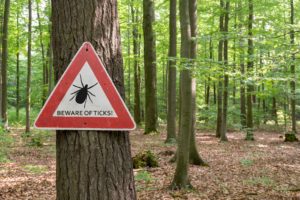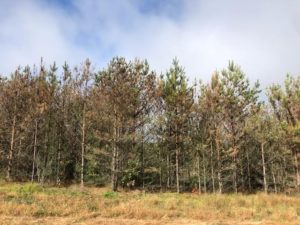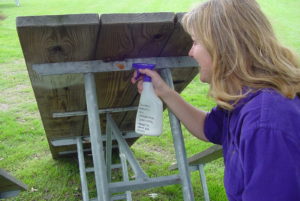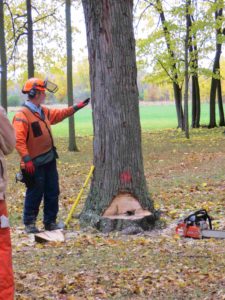By Todd Lanigan, forest health specialist, Eau Claire. todd.lanigan@wisconsin.gov; 715-210-0150
Snow fleas are a species of springtails that are active during winter and are generally found in groups where their dark-colored bodies stand out against the white snow. While often observed in late winter or early spring, they also come to the surface on warm winter days, making an early December appearance in west central Wisconsin something to note but not altogether unusual given the relatively warm weather in the area.
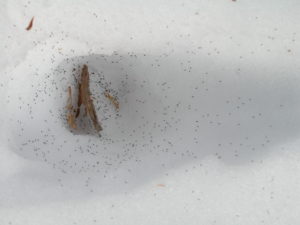
Easily mistaken for specks of dirt or debris, snow fleas are tiny soil-dwelling animals that gather on the surface of snow on warm winter and spring days.
Continue reading “Snow fleas spring to surface in early December”


